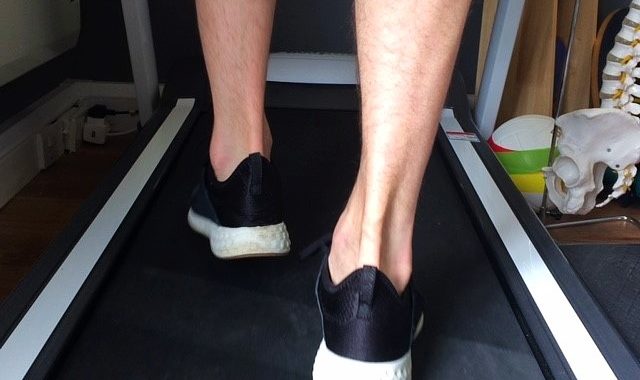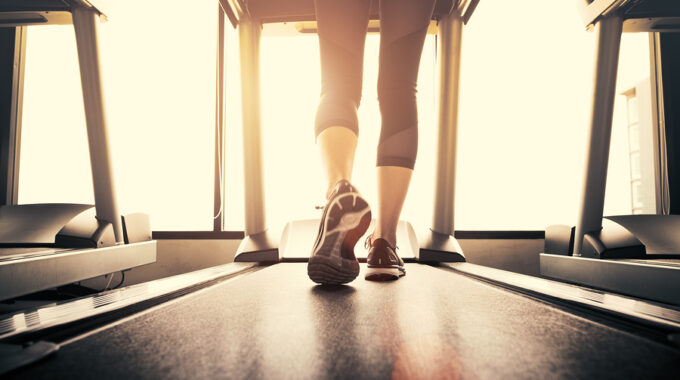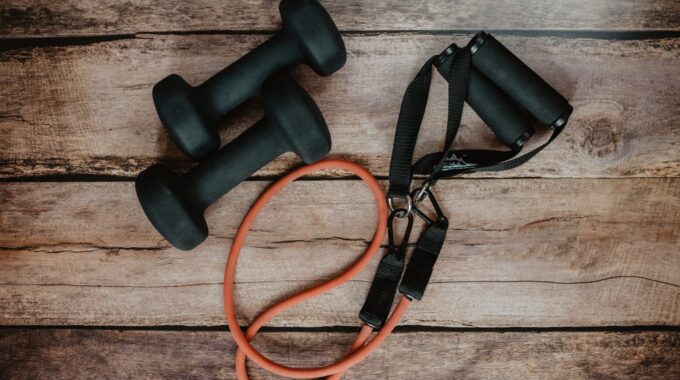Does Stretching Actually Benefit Us? The idea that we should stretch our muscles before…

The causes of running injuries
What injuries do runner get?
Some people can put on their running shoes and run for miles and have no problems, however for most people the odd niggle comes with the territory. In relation to type of injury, the majority of our caseload will of course be lower limb biased with sprains and strains and the odd stress fracture.
Looking more specifically at structures we can generally relate the problems into 5 structures:
- Muscle
- Tendon
- Ligament
- Nerve
- Bone
Yes there are other structures that could give you pain in your legs that I haven’t mentioned but these are very rare and I don’t want to muddy the water so we will stick specifically with ‘Injuries’ for now.
Running injuries range from the minor i.e. muscle strains to the severe i.e. ruptures and fractures but you will be glad to know these are much rarer.
Here is a list of common running injuries:
- Calf strain
- Achilles tendonitis/tendinopathy
- Runners knee!
- Plantarfasciitis (heel pain)
- Medial tibial Stress syndrome (“shin splints”- although not a great term)
- Hip and low back pain
- Ankle sprains
I could go into all of these separately but quite frankly you will be reading for ever!
Why do runners get injured?
- Overuse
Overuse is the number one for injury, relating to a sudden change in training volume or intensity when your body is not ready. We see this a lot! and without a change in training the injury will likely persist. This is one of the first things we ask runners when it seems like a progressive issue. Examples of overuse injuries include; muscle strains, “shin splints”, plantar fasciitis, Achilles tendonitis, stress fracture.
- Trauma- Tripped over a dog, foot went down pothole etc etc.
These are the more obvious injuries that come on acutely, such as ankle sprains, muscle and tendon strains/tears, fractures, puncture wounds. Best to avoid these but not always easy unfortunately.
- Lack of Warm Up
Warming up is just a way of introducing your body to a change in activity and is one thing that people do very badly unfortunately. The majority of runners I see will say they do warm up and when quizzed will say they do a slow jog (which is fine!) and hold stretches (not so fine)-Static stretches (as useful as they are post run) are not recommended pre run, in favour of a more dynamic movement based approach.
- Gait
A little controversial and I want to stress that no one gait pattern is good and no one gait pattern is bad and if we all change to the magic way of running we will be cured of all ills (as nice as that would be)!, however gait can be a very important part of injury management and is often something we look at when it comes to overuse injuries. For example if you come in with hip or knee pain and we can establish that it is likely due to poor shock absorption then we need to look at your gait and try to find ways of minimise force transference through the limb, such as encouraging a softer landing by reducing stride length (for example). I have seen a few people recently come into clinic running with one foot landing on the forefoot and the other on the heel! So it can be a good thing to consider.
- Footwear
Again not a magic solution im afraid but a change in footwear can affect they way your foot functions and may be a factor in injury. This is often seen if people switch to “minimal” shoes as they have been informed that barefoot running is better for you! (An entire topic for another time). But again, this isn’t necessarily the change in running but the speed at which you transition, so links back to Overuse. That and the fact that some people buy minimal shoes in an attempt to run more on the forefoot but actually still land on their heels.
How can Physiotherapy help?
In order to know how to improve your symptoms you first need to know what is causing the symptoms and this is where we come in. We specialise in sports injuries and a large proportion of these come in the form of runners.
The process involves an assessment where we can establish from a quick chat what areas we need to look at and evaluate, this can include gait analysis, muscle function tests, balance tests, joint assessments (including the spine). From this we can highlight the main problem areas and give you a full set of rehab exercises specific to you and your problem. We are also manual therapists and often use massage and manipulation techniques to help you to improve faster.
For more info on how we can help or to book a FREE phone chat with our Physios just give us a call: 01799530650/07399499959 or email info@reformphysio.co.uk




This Post Has 0 Comments